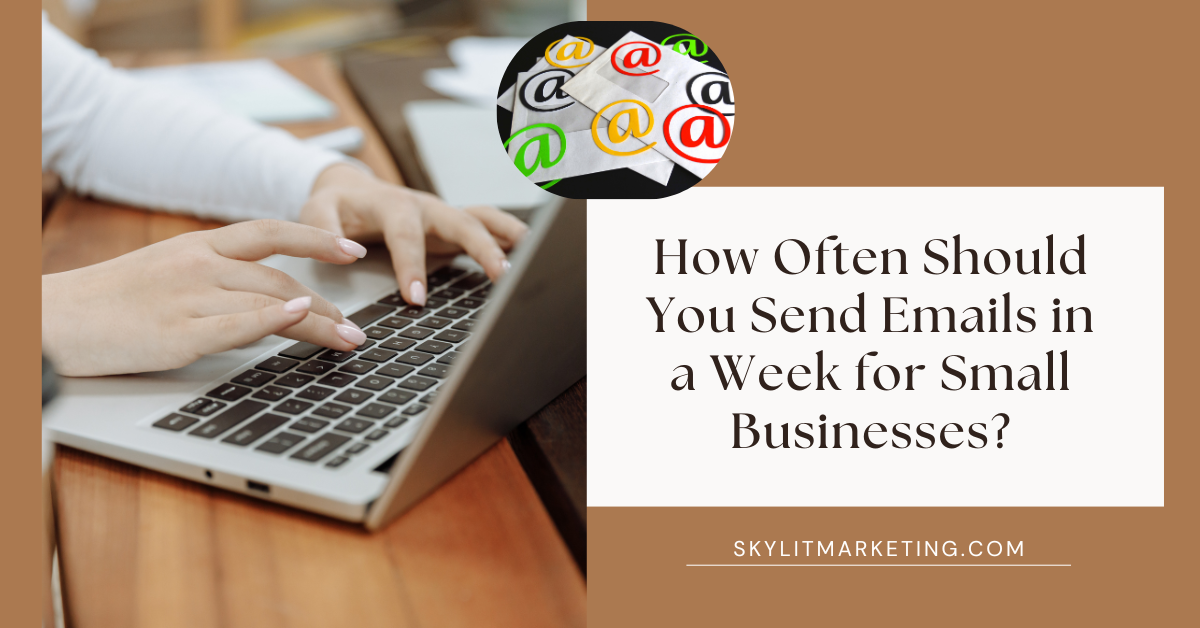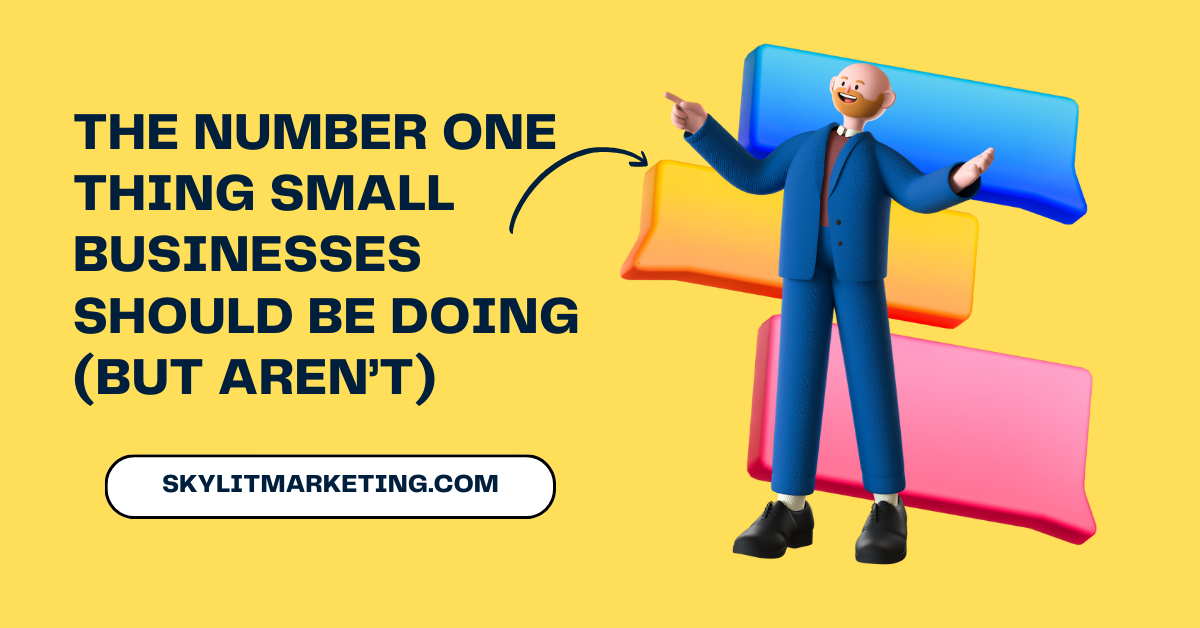When it comes to small businesses, finding the right balance for email marketing can be tricky. One of the most common questions arises: how often should you send emails in a week for small businesses? Striking the right frequency is essential for keeping your audience engaged without overwhelming them. Whether you are sharing promotional offers, newsletters, or valuable content, understanding what works best for your audience can dramatically impact your email open rates and customer loyalty.
Table of Contents
Understanding Email Frequency
Factors Influencing Email Frequency
3.1 Audience Preferences
3.2 Type of Content
3.3 Seasonal Considerations
Recommended Email Frequency
4.1 General Guidelines
4.2 Segmenting Your Audience
4.3 Testing and Analytics
Best Practices for Email Campaigns
5.1 Crafting Compelling Subject Lines
5.2 Personalization Techniques
5.3 Retargeting Strategies
Conclusion
Understanding Email Frequency
Email frequency refers to how often a business sends promotional emails or newsletters to its subscribers. Choosing the right frequency is crucial for effective email marketing. Too few emails may cause your audience to forget about you, while too many can lead to unsubscribes. Small businesses need to craft a strategy that maintains communication without being intrusive.
Factors Influencing Email Frequency
Audience Preferences
One of the primary factors to consider is the preferences of your audience. Conduct surveys to determine how often your subscribers want to hear from you. Some audiences appreciate regular updates, while others prefer only essential information.
Type of Content
The nature of your content plays a significant role in determining your email frequency. If you offer time-sensitive promotions or critical updates, sending emails a few times a week may be appropriate. However, if your content is more seasonal or educational, a weekly or bi-weekly schedule may suffice.
Seasonal Considerations
During holidays or special events, you may want to increase your email frequency to capitalize on shopping trends. For example, during the holiday season, sending multiple emails per week might be beneficial as consumers are actively looking for deals. In slower seasons, reducing your frequency may help maintain the engagement of your audience.
Recommended Email Frequency
General Guidelines
Generally, aiming for 1-3 emails per week works well for most small businesses.
1 email per week: This frequency is perfect for businesses that focus on delivering high-quality content or promoting significant events. This allows you to stay on your audience’s radar without overwhelming them.
2 emails per week: If you have varied content types, consider two emails per week. For example, one email could feature a blog post while another might highlight a special promotion.
3 emails per week: Though more intense, this frequency can be effective for businesses with a dynamic flow of content, such as e-commerce stores, where frequent promotions and product launches are essential.
Segmenting Your Audience
Segmenting your email list allows you to tailor your communications based on audience preferences. This way, you can send more frequent emails to highly engaged subscribers while maintaining a lower frequency for those who prefer less interaction. You might consider:
Engaged users: This group responds well to multiple emails and should receive frequent updates.
Inactive users: To re-engage this segment, a targeted approach with fewer emails may prevent further disengagement.
Testing and Analytics
Testing various email frequencies can help you discover what works best for your business. Use A/B testing to analyze open rates, click-through rates, and conversion rates. Regular assessments will help gauge how your email frequency affects these metrics, allowing you to adjust accordingly.
Best Practices for Email Campaigns
Crafting Compelling Subject Lines
A compelling subject line is crucial for enhancing your email open rates. Use clear, concise, and interesting subject lines to entice readers to open your emails.
Example: Instead of “Monthly Newsletter,” try “Discover Our Top Picks for This Month!”
Personalization Techniques
Using personalization in emails enhances your engagement level. Address the subscriber by their name and customize the content to reflect their interests or past purchases.
Tips:
Use tailored recommendations based on browsing history.
Send birthday discounts to foster a personal connection.
Retargeting Strategies
After an email has been sent, consider implementing retargeting strategies to reach those who may have engaged but not converted. Retargeting can include follow-up emails or targeted ads on social media.
Follow-Up Emails: Send reminders about products left in shopping carts or special offers for past customers.
Conclusion
In summary, deciding how often should you send emails in a week for small businesses involves understanding your audience’s preferences, the content you are sharing, and external factors like seasonality. By keeping a frequency of 1-3 emails per week, targeting segmented audiences, and conducting regular testing, you can create a successful email strategy that enhances engagement and conversion rates.




